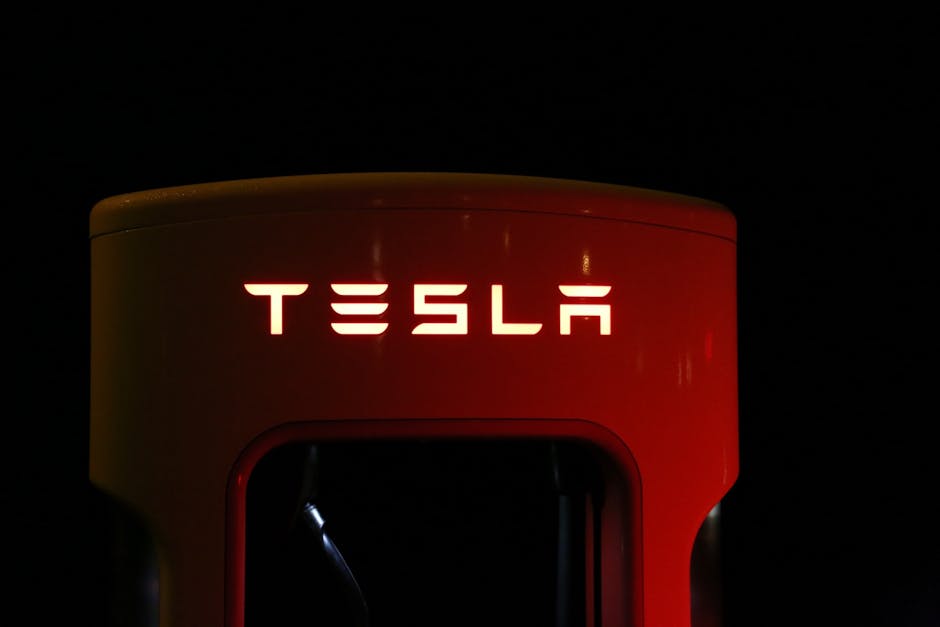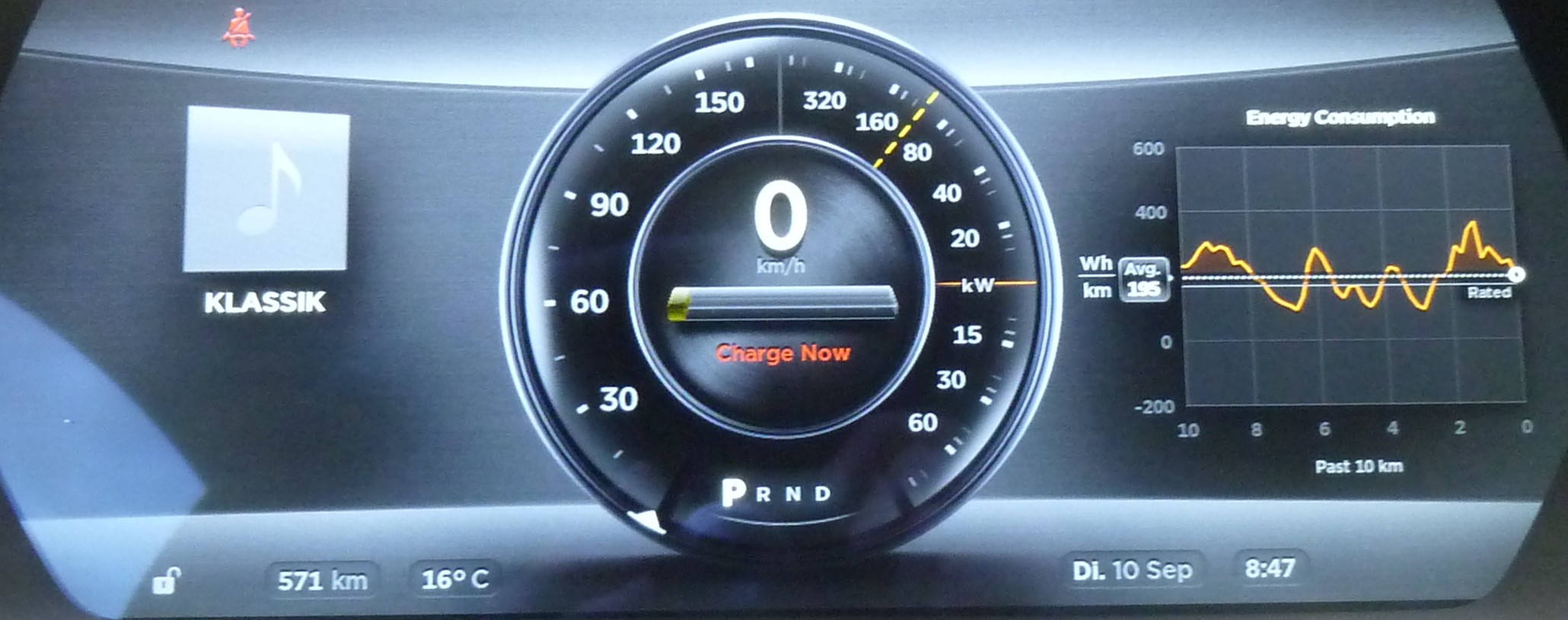Battery Manufacturing Impact

Electric vehicles (EVs) depend significantly on lithium-ion batteries for storing and supplying electricity. Manufacturing these batteries consumes substantial energy and necessitates large quantities of scarce minerals such as lithium, cobalt, and nickel.
Extracting these materials may result in significant ecological impacts, including habitat damage and water contamination. Additionally, the mining procedure frequently incorporates dubious employment methods, which raises moral issues.
This renders the production of EV batteries akin to a double-edged sword; while they offer the advantage of more environmentally friendly transport, this is offset by the ecological and moral expenses associated with their manufacture.
Electricity Source

The potential of electric vehicles is closely linked to the method through which their power source—electricity—is generated. When this electricity originates from sustainable resources such as wind or solar energy, the ecological advantages become quite significant.
Nevertheless, if the power for these electric vehicles comes from fossil fuels, their environmental impact might not be much smaller compared to conventional automobiles. This underscores the necessity of shifting towards renewable energy resources as we embrace electric cars.
If we don't have a clean power grid, the ability of electric vehicles to decrease emissions is significantly reduced.
End-of-Life Recycling

With the rise in electric vehicles on our roads comes an increased difficulty in recycling their batteries. If not disposed of correctly, these batteries pose risks of harmful environmental contamination due to the dangerous substances they hold.
At present, the recycling framework for electric vehicle batteries has yet to reach an adequate level of development, leading to challenges in waste management. It is essential to create efficient recycling techniques to ensure that the ecological advantages of EVs are completely maximized.
This task highlights the necessity for advancements in battery recycling techniques.
Infrastructure Needs

Transitioning to electric vehicles necessitates substantial changes to current infrastructure. This involves extensively deploying charging points, boosting the grid’s capability, and improving electricity delivery systems.
Lacking adequate infrastructure might impede the shift towards electric vehicles, particularly in regions with scarce charging points. Overcoming this hurdle is similar to constructing fresh roadways for today’s era, necessitating considerable financial input and strategic planning to facilitate an effortless move to electric transportation.
Range Anxiety

Even with improvements in battery tech, numerous prospective EV buyers still grapple with range anxiety. This refers to the worry that an electric car might lose all its charge before arriving at a charging point.
This concern is particularly prevalent in rural areas, where charging infrastructure is less developed. Range anxiety can be a significant barrier to EV adoption, deterring consumers who are used to the convenience of refueling traditional vehicles.
Tackling this problem is essential for wider adoption of electric vehicles.
Energy Efficiency

An indisputable benefit of electric vehicles lies in their superior energy efficiency. Electric cars transform a greater proportion of power drawn from the electrical grid directly into motion when contrasted with traditional Internal Combustion Engine vehicles.
This indicates that, kilometre after kilometre, electric vehicles consume less energy, rendering them more efficient. Such efficiency leads to decreased expenses for users and fewer emissions, assuming the power originates from renewable resources.
This efficacy stands as a major attraction for electric vehicles, underscoring their ability to revolutionize transport.
Economic Accessibility

Even though the price of electric cars is slowly dropping, they still remain unaffordable for numerous buyers because of their steep initial costs. In contrast, conventional vehicles frequently seem cheaper, particularly within regions where pre-owned choices are common.
These financial obstacles may hinder the uptake of EVs, especially in areas with below-average income levels. It’s crucial to render electric vehicles more budget-friendly through measures like governmental incentives and improvements in battery tech to facilitate broader acceptance.
Global Adoption and Equity

The uptake of electric vehicles differs greatly around the world. Typically, richer countries spearhead this shift due to governmental backing and well-developed infrastructures.
On the contrary, developing nations encounter significant hurdles such as inadequate infrastructure and financial limitations. Such differences spark debates regarding the worldwide fairness of the electric vehicle transformation.
Guaranteeing that every area enjoys the advantages of more sustainable transport involves tackling these disparities head-on and backing the creation of essential infrastructure globally. The dilemma surrounding electric vehicles presents a multifaceted challenge, featuring substantial perks along with considerable obstacles.
While going through this change, it's crucial to thoughtfully consider these aspects to ascertain whether this genuinely represents the future we desire.
What do you think about this topic? Share your thoughts in the comments below — we'd love to hear from you! Want more stories like this? Follow us and never miss out!